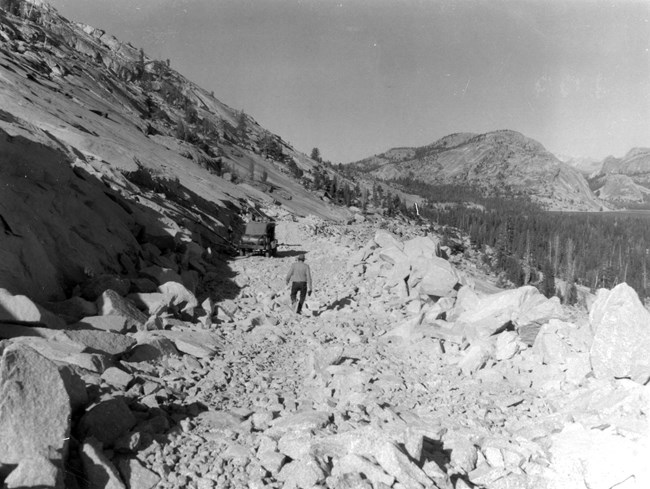
The first road through the high country was the Great Sierra Wagon Road, constructed by mostly Chinese laborers in just 130 days in 1883. Most of this road traced the Mono Trail, a summer trade route established by American Indians. As motor vehicle travel became more common, the wagon road could not meet the demands of cars traveling through the high country. Yosemite officials recognized the problems along Tioga Road as early as 1925 and devised a plan to wholly reconstruct the road. While improvements were gradually completed on the eastern and western segments of Tioga Road, the 21-mile middle section, from White Wolf to Cathedral Peak, remained in a desperate state of disrepair. Challenges like ruts, downed trees, and 15-percent grades rendered the road barely passable by car. Although park leadership and the Sierra Club had agreed on a plan for this final segment of road in 1935, construction was delayed for many years due to funding challenges and World War II. With the infusion of Mission 66 funds, the project was finally set to break ground in the 1950s. 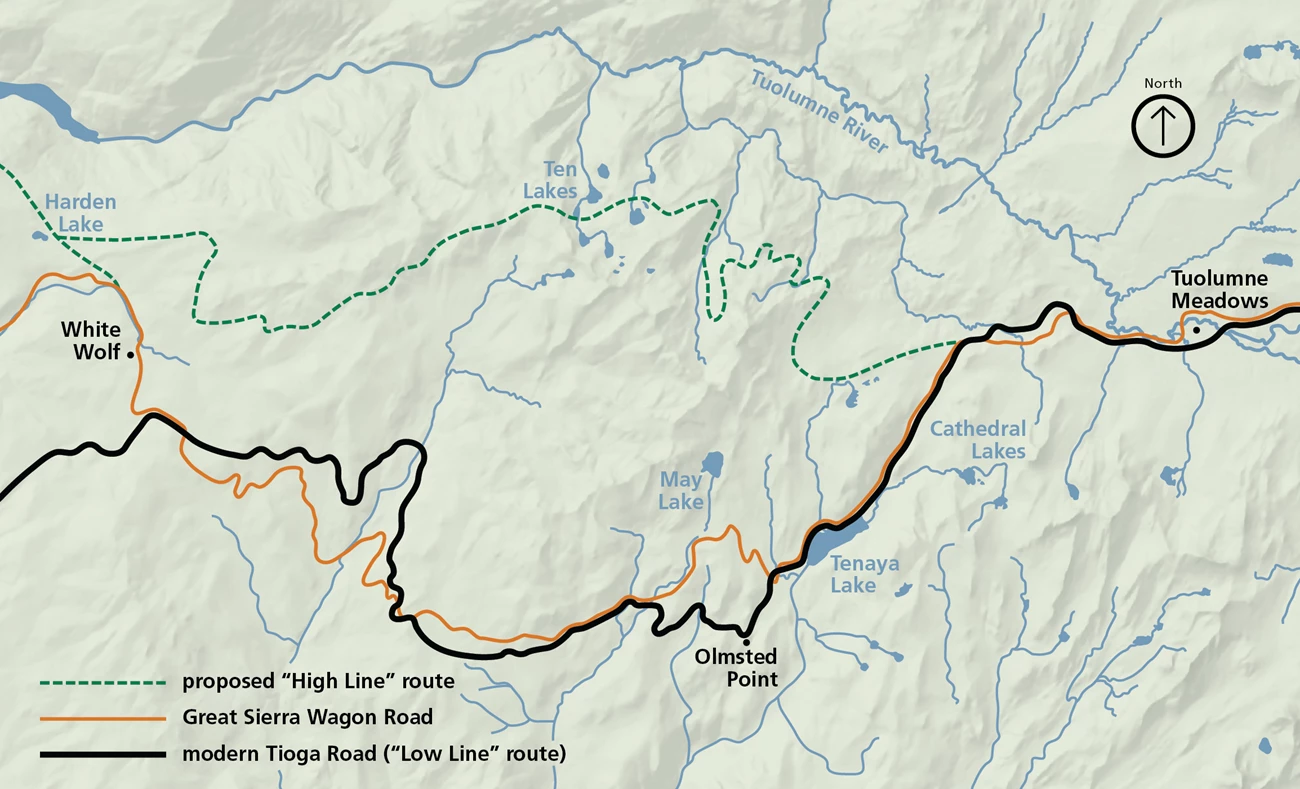
The controversy centered around two possible alignments for Tioga Road: the “high line” and the “low line.” The high line traced through the Ten Lakes basin and would have brought new development to an area that was undeveloped wilderness. The low line mostly followed the route of the existing old wagon road. Reconstruction through the low line would require significant widening of the road to accommodate modern vehicles. Widening would impact not only the Tenaya Lake shoreline, but also would blast away pristine examples of glacial polishing, irreplaceable pieces of natural history that had taken thousands of years to form. Sierra Club executive secretary David Brower and renowned nature photographer Ansel Adams vehemently opposed the low line. After heated debate, the low line ultimately won out. Concerns about intruding on an undeveloped area prevailed over the concerns around blasting. After site visits with the Sierra Club, park leadership incorporated many refinements to the plans. At last, construction on the final section began in 1957. The road opened to the public on June 24, 1961. 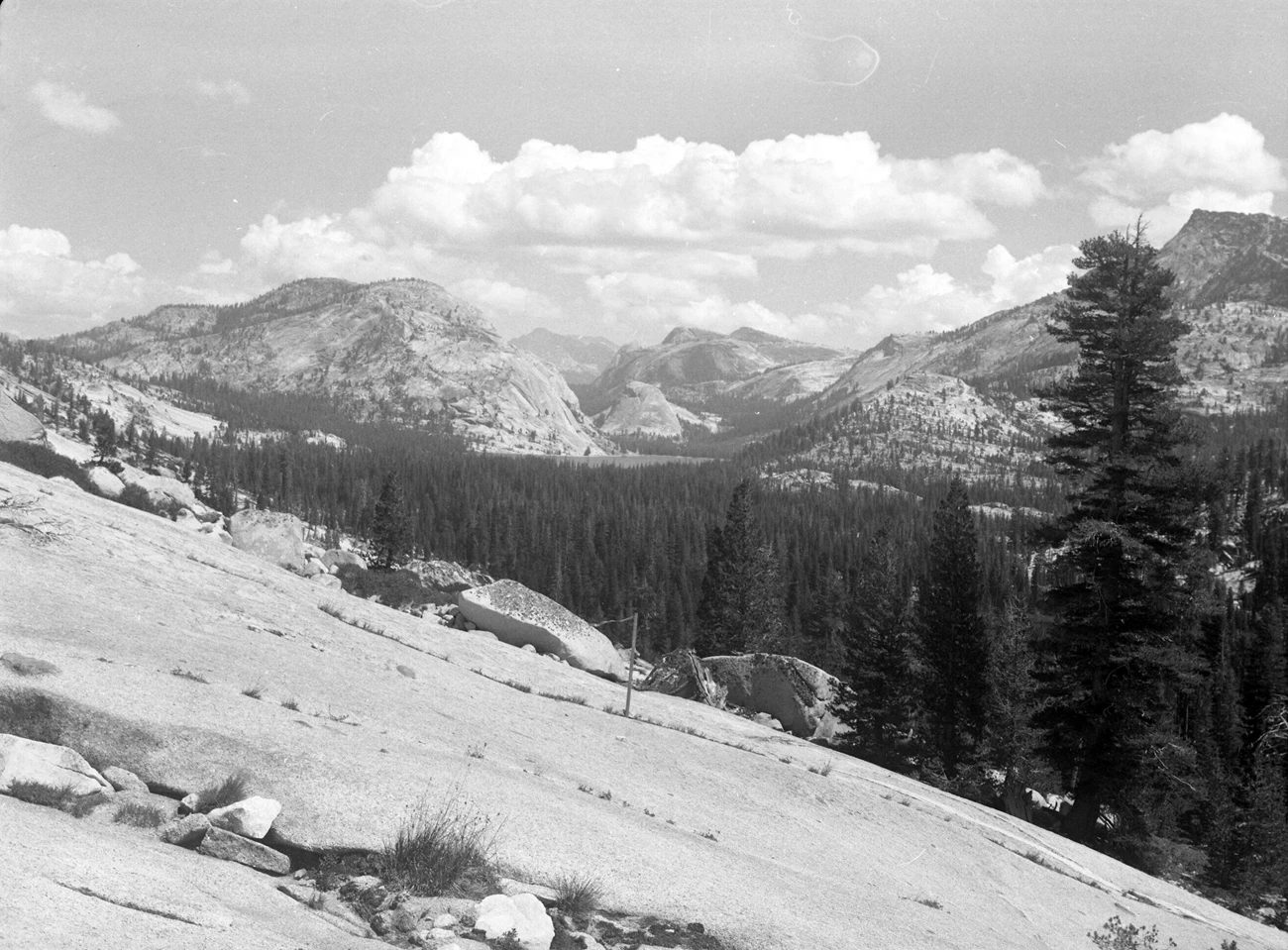
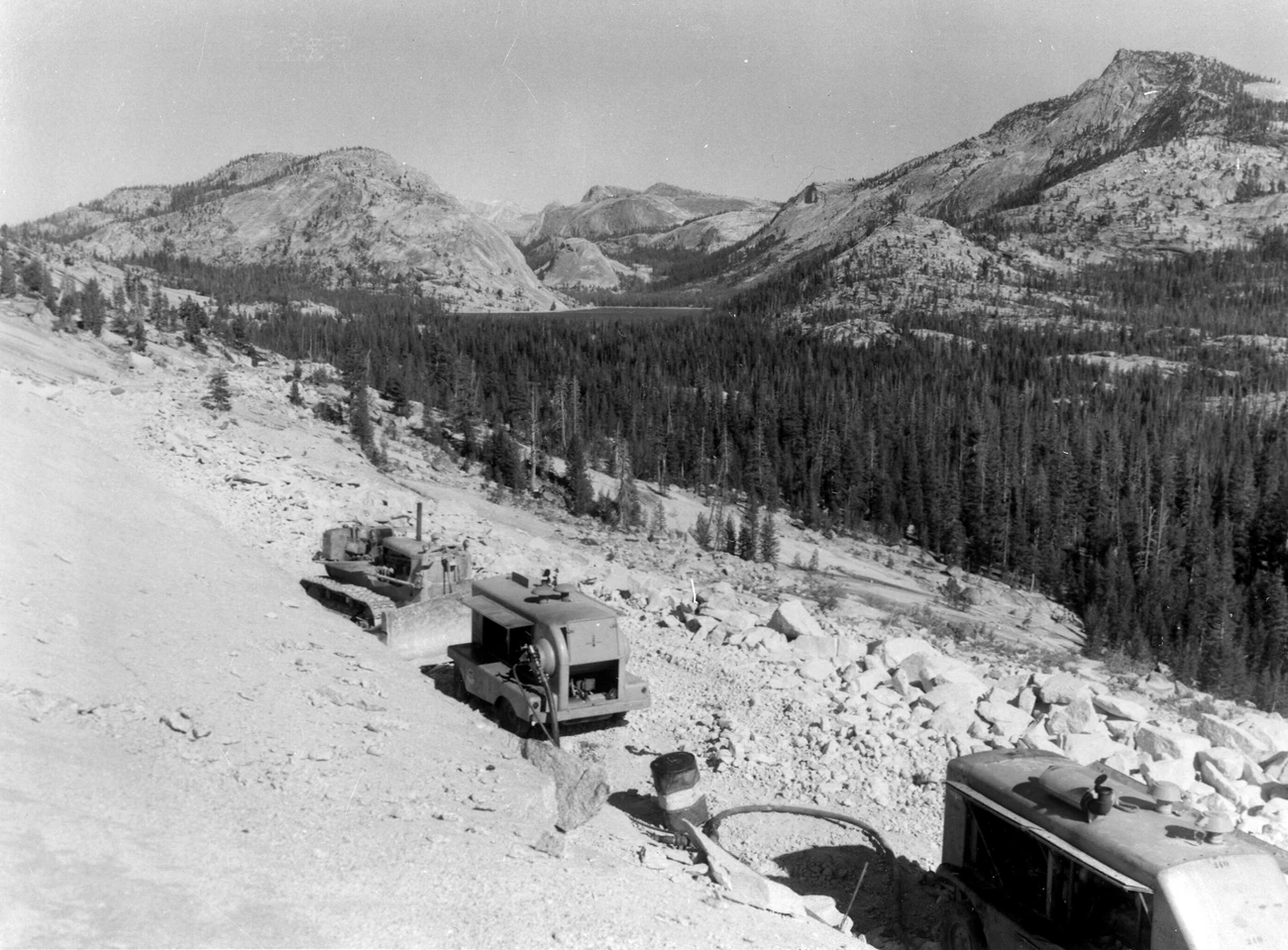
In 1984, Congress designated over 700,000 acres of Yosemite as Wilderness, including the rejected high line route through Ten Lakes basin, which protects this area from future road construction indefinitely. On the final decision, Director Conrad Wirth commented: “There were changes made in the plans for the Tioga Road which took into consideration several of the suggestions made by the conservation people…I think the final decision which took into consideration the many problems confronting us. No road ever reconstructed in the National Parks has had the detailed study and consideration that has been given to the Tioga Road. The route and standards were under intense study for 31 years.” [emphasis added] The debate surrounding Tioga Road epitomized the growing pains of mid-century park management. Environmentalists had voiced significant concerns about the goals of Mission 66 as the program progressed. Simultaneously, the environmentalist movement was gaining significant momentum. Along with many other issues of the day, the Tioga Road decision contributed to the development and passage of the Wilderness Act of 1964. Today, Tioga Road is a physical representation of the tensions between preservation and use. At the same time, its unparalleled beauty is a tremendous feat of landscape architecture that showcases some of the most magnificent views accessible by vehicle in the country. 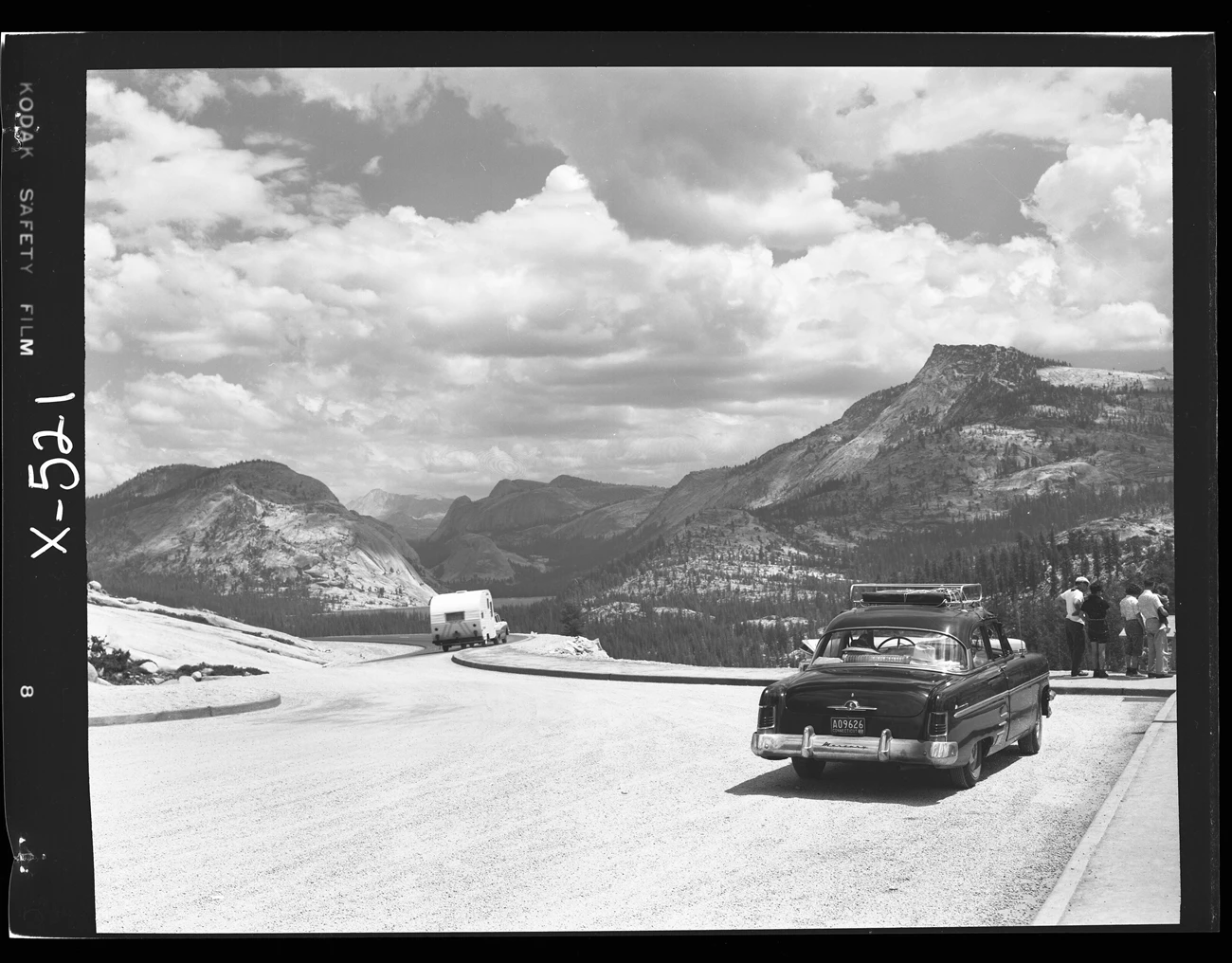
|
Last updated: November 1, 2023
